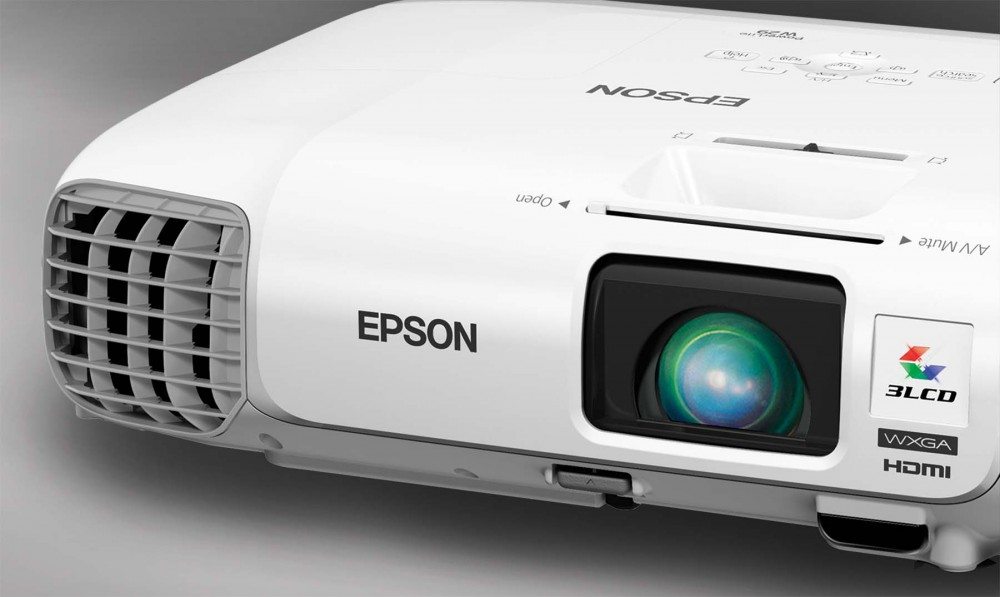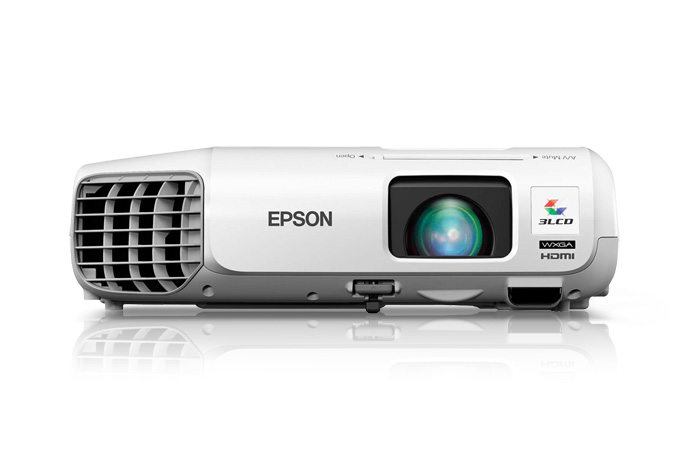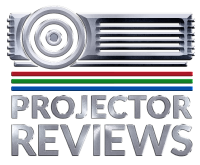The WXGA resolution, 3LCD, 3000 color and white lumen, W29 projector is truly impressive in terms of what it offers for the bucks, so let's start first with the money proposition. It's certainly not the least expensive projector around for schools, but it is still very affordable. the $599 list drops 20% to $479 single unit pricing with Epson's Brighter Futures education program. And it gives the W29 a 3 year parts and labor warranty with 3 years of rapid replacement program. While we're at it, how about $79 replacement lamps, and those lamps are rated 5000 hours at full power and 10,000 in Eco mode!
When it comes to the picture, expect reasonable color in brightest mode and really good color in all other modes.
OK, you can find some other WXGA projectors out there (only DLP models) for up to $150 or so less, but, the W29 is extremely well endowed, for a budget priced projector. It offers full networking with Crestron RoomView support (and others), for advanced capabilities. Wireless is optional - via the usual $99 Epson module.
There is is some corner cutting, such as only having one HDMI input rather than two, the ooom is a modest 1.2:1 and the speaker system is a reasonable 5 watt one, but many classroom projectors offer 10 to 20 watt speaker systems. Small corner cutting only, it seems.
Bottom line: A bargain in a networking projector, highly capable.
After all, the W29 really isn't missing anything critical, but the 955WH has "more." Two HDMI inputs (one with MHL), a lot of zoom range for excellent placement flexibility, a microphone to help out the teacher, and, of course, networking with the usual advanced capabilities thanks to compatibilities such as Crestron RoomView. That means push notifications, scheduling, monitoring, presenting over IP and more).
Wait - did you notice that the two projectors look identical? (W29 and 955WH). Don't worry, it only looks that way. Remember that the lens on the 955WH is 1.6:1 zoom compared to a basic 1.2:1. And when you look at the back panel there are far more inputs/connectors on the 955WH!
Split screen capabilities, project up to four sources simultaneously (in four quadrants), from up to 50 networked projectors (That's using Epson moderator software - which also works with the W29, of course.) The dirt cheap $79 Epson replacement lamps - which are rated 5000 hours at full power and 10,000 in Eco on this projector keep cost of operation to a minimum.

The Epson 955WH even offers up very respectable color in Dynamic mode - it's brightest. Now that is impressive!
Oh, the 955WH, workhorse that it is, isn't perfect. If you need 3D, you would have to look to a DLP projector, and if you have a need for higher resolution - WUXGA or 1080p - you won't find that in Epson's lineup anywhere under $1000. If you need higher res - affordably you might look at this year's Viewsonic entry (or one of its siblings that has networking).
Of course interactivity is limited - we don't consider a projector to be a "real" interactive projector just because - like the 955WH - it can handle typical tablet/phone app interactivity. (You'll need the usual Epson $99 Wireless module for that.) If the 955WH had pens or finger touch control (and ultra short throw), we wouldn't have classified it as a "standard" projector. One could also point out that if it was an ultra or very short throw, it could be mounted to the wall above the screen (saving some installation costs, compared to ceiling mounting), but that too would not put it in this "class."
When we look at the 955WH, though, its educational price point and compare that to the expected education pricing of our other entries, mostly the 955WH offers more capabilities for less. It's great warranty for schools isn't the absolute best, but "close enough."
It wasn't long ago that a feature laden WXGA projector with networking wasn't far below $1000. Now we're looking at less than 2/3 that price. It would be hard for any district that wants to network their projectors, to rationalize not doing so to save, perhaps $100-$150 maximum per projector, for a less capable choice without advanced networking!
The closest competition this year would be NEC's M363 which is similar, but costs a bit more, is DLP so can't match the excellent color in brighter modes, but also has all the networking and most other features. FYI, if we had a larger field, the NEC likely would have picked up the runner-up award but I figured 2 awards out of 8 projectors was enough.









